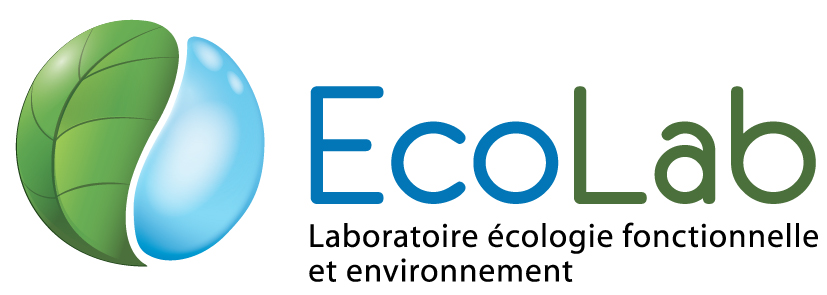Assessment of hydrology, sediment and particulate organic carbon yield in a large agricultural catchment using the SWAT model
Résumé
The Soil and Water Assessment Tool (SWAT, 2005) was used to simulate discharge and sediment transport at daily time steps within the intensively farmed Save catchment in south-west France (1110 km2). The SWAT model was applied to evaluate catchment hydrology and sediment and associated particulate organic carbon yield using historical flow and meteorological data for a 10-years (January 1999–March 2009). Daily data on sediment (27 months, January 2007–March 2009) and particular organic carbon (15 months, January 2008–March 2009) were used to calibrate the model. Data on management practices (crop rotation, planting date, fertiliser quantity and irrigation) were included in the model during the simulation period of 10 years. Simulated daily discharge, sediment and particulate carbon values matched the observed values satisfactorily. The model predicted that mean annual catchment precipitation for the total study period (726 mm) was partitioned into evapotranspiration (78.3%), percolation/groundwater recharge (14.1%) and abstraction losses (0.5%), yielding 7.1% surface runoff. Simulated mean total water yield for the whole simulation period amounted to 138 mm, comparable to the observed value of 136 mm. Simulated annual sediment yield ranged from 4.3 t km−2 y−1 to 110 t km−2 y−1 (annual mean of 48 t km−2 y−1). Annual yield of particulate organic carbon ranged from 0.1 t km−2 y−1 to 2.8 t km−2 y−1 (annual mean of 1.2 t km−2 y−1). Thus, the highest annual sediment and particulate carbon yield represented 25 times the minimum annual yield. However, the highest annual water yield represented five times the minimum (222 mm and 51 mm, respectively). An empirical correlation between annual water yield and annual sediment and organic carbon yield was developed for this agricultural catchment. Potential source areas of erosion were also identified with the model. The range of the annual contributing erosive zones varied spatially from 0.1 to 6 t ha−1 according to the slope and agricultural practices at the catchment scale.
Origine : Fichiers produits par l'(les) auteur(s)

